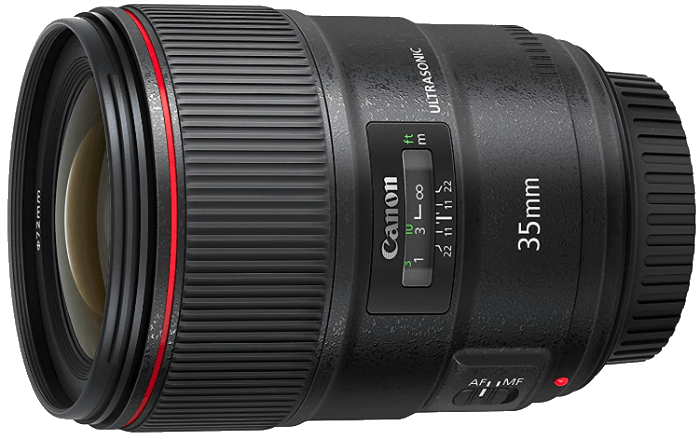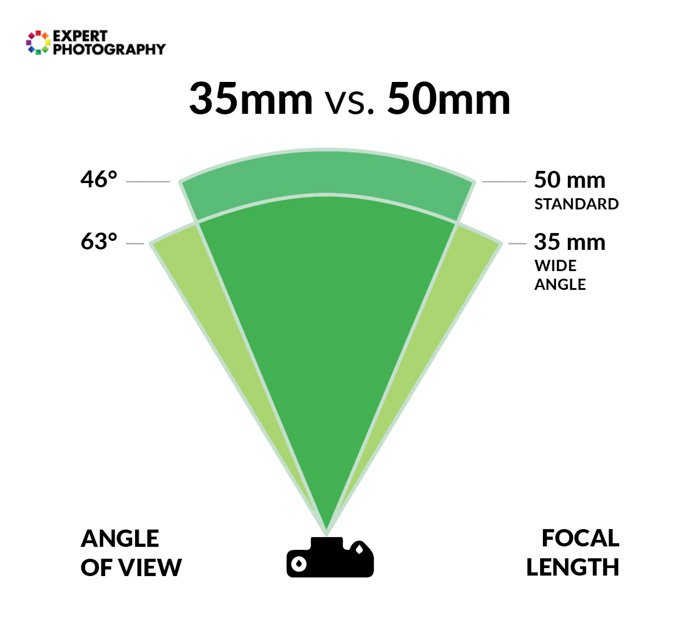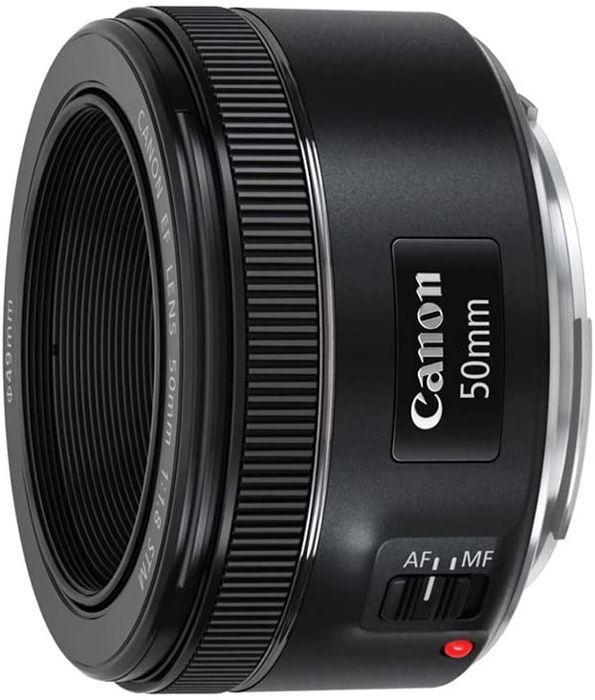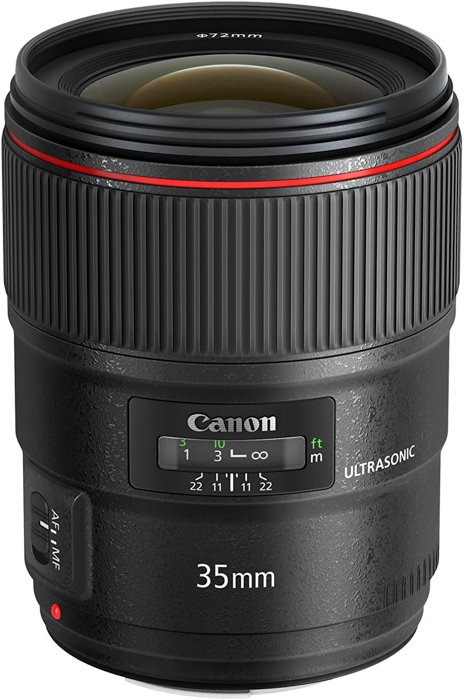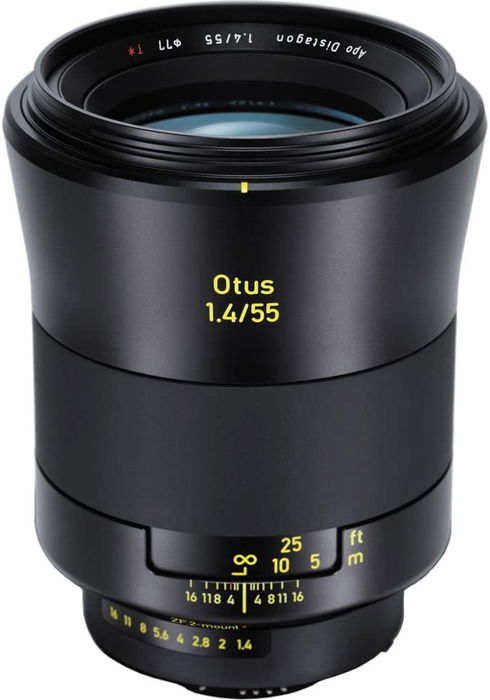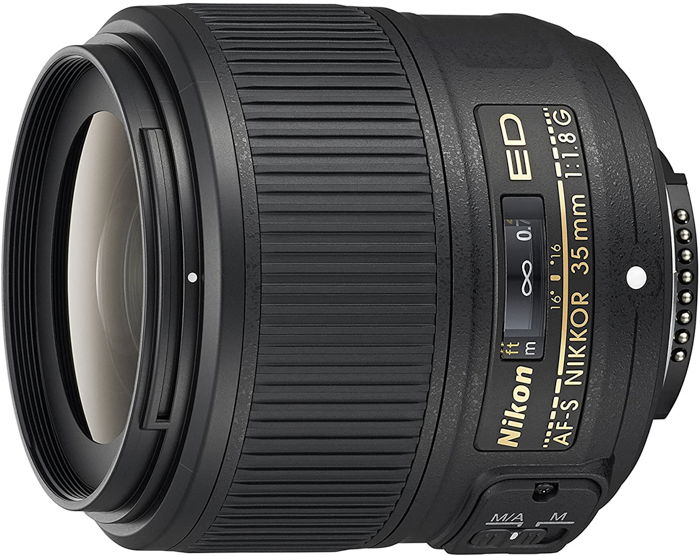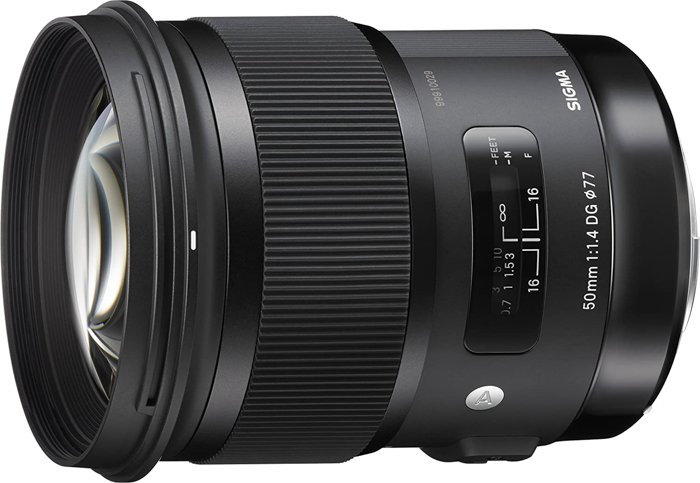This article will look at 35mm vs 50mm primes and what their attributes are. We will also explain why you should always have a prime lens in your bag. [ExpertPhotography is supported by readers. Product links on ExpertPhotography are referral links. If you use one of these and buy something, we make a little bit of money. Need more info? See how it all works here.]
Comparing 35mm vs 50mm Prime Lenses: What are the Differences?
When we talk about lenses, we look at two things. The focal length of the lens, measured in millimetres (mm), and the aperture, measured in f/stops. A zoom lens lets you use a variable focal length. The Canon EF 70-200mm f/4L is a zoom lens as it lets you work at a focal length of 70mm, 200mm and anywhere in between. A prime lens operates with a fixed focal length and low aperture value. For example, an 85mm, f/1.8 lens has a focal length of 85mm and an aperture of f/1.8. We also use words such as prime, standard, telephoto and zoom to describe our lenses. Let’s look at what they mean:
Fisheye Lens. 6mm – 16mm lenses with a very wide angle of perspective. Best for creative purposes. Wide Angle Lens. 14mm – 35mm lenses with a wide-angle of perspective. Best for interior or landscape images. Macro Lens. 28mm – 200mm lenses used for getting very close to a subject. Best used for photographing close-ups. Standard Lens. 45mm – 60mm lenses with minimal distortion. Best for portrait photography. Telephoto Lens. 85mm – 400 mm lenses with a far-reaching focal length. Best for wildlife or astrophotography.
Keep in mind that these focal lengths are equivalent for full frame cameras. For crop sensor ones, the focal length values differ. All of the above lenses come in two forms, either as a zoom or a prime version.
Pros and Cons of Using a Prime Lens
There are benefits and downsides to owning zoom and prime lenses. It all comes down to what you are photographing. For more information on how to choose the right kind of lens, read our article here. Prime lenses tend to be smaller, lighter, faster, sharper with a higher level of resolution. They are the perfect partner for low-light conditions and a shallow depth of field due to their fast apertures. Prime lenses can reach f/1.4, f/1.2, and even f/0.95 in some cases. Faster and wider aperture costs more money. But generally prime lenses are cheaper than zoom lenses with the same fixed aperture value. Unfortunately, photographers are becoming lazier and lazier while sacrificing image quality for zoom lenses. With zoom lenses, you can quickly change from a wide-angle to a telephoto lens with just a flick of the wrist. Meanwhile, the prime lenses ensure that you have to zoom with your feet, keeping you active. The fixed focal length also means that you have to get creative and walk around as much as possible to discover the best distance from your subject. This can inspire you to have some new ideas, as well as discovering some interesting angles during the photo shoot.
What are the Features of a 35mm Prime Lens?
A focal length of 35mm gives you a field of view of 54.4 degrees. This is a great travel companion, as you get to see more of the scene. It is the wide-angle lens you should get if you are aiming to avoid too much distortion. Having a wider field of view allows you to get closer to your subject. It also allows you to keep a somewhat safe distance to capture candid moments. The 35mm lens is great in tight spots, as the wide-angle will capture those details just to the side of the main focal area. This lens is versatile, letting you capture close-ups and landscapes with no problem at all. It lets you be part of the scene and interact more with your subject. The 35mm isn’t as flattering as the 50mm in capturing human faces. The distortion is a little bit more aggressive. But it might fit well for full body portraits, as the angle lets you fit the whole person into the frame from a relatively close distance. We recommend the Canon EF 35mm f/1.4L II USM lens. It provides a wide aperture and an excellent autofocus system, meaning it is great for low light conditions. Also, it gives you more play in keeping your ISO low, therefore maintaining picture quality.
What are the Features of a 50mm Prime Lens?
The “nifty-fifty” 50mm lens has a field of view of 39.6 degrees. It is the standard of all lenses and has been for some time. It is the lens I would recommend to a photographer after getting used to their 18-55mm kit lens. It’s important for beginners to experiment with a prime lens. It provides much better image quality than the kit lenses. It also forces the photographer to move around and step out of their comfort zone. The 50mm lens is the closest to the focal component of the human eye. 50mm is what the human eye sees as a sharp field of view. We are immediately used to it as we effectively use a 50mm every day, all day. The Canon50mm f/1.8 STM is one of the cheapest great lenses around, especially for the speed. This lens gives you a better depth of field than the 35mm. This means better bokeh. Just like the 35mm prime lens, it requires that you get close to your subject. The 50mm lets you stand a little further back, but not by any substantial amount. Photographing from up close is personal, initiating a different relationship with the subject. And it’s even better that you don’t need to yell instructions! The best 50mm prime lens in our opinion is the Carl Zeiss Distagon Otus 1.4/55 ZF.2. The f/2 aperture is great in low light conditions, and the Zeiss quality makes it worth the price.
Which Lens is Better and Why?
You may feel that there isn’t much between 35mm and 50mm lenses. With 15mm of focal length difference, it’s clear to understand why. But that little difference can make a mountain out of a molehill. The distortion affects your subject, which gets worse the closer you get to your subject. This is especially in case you thought stepping closer to your subject would turn your 50mm into a 35mm perspective. There is no winner between these two lenses, as they both have pros and cons. They work differently for each scenario. You can often start with 50mm on a shoot, and then switch to 35mm when you need a wider angle. This is even truer if your position is a little cramped. Compare the images taken with both lenses from the same position and with the same settings. You would see that the 50mm gives you a shallower depth of field and better bokeh. The 35mm, on the other hand, will fit more into the frame, making it more suitable for landscape and indoor photos. Generally, the 50mm is a perfect choice if you are looking for the most versatile lens and you can just bring one lens with you. Due to the smaller distortion, it is also better to capturing photos closer to what the human eye sees. If you find the 50 mm isn’t getting you close enough to the action, then try the 3rd choice – the 85 mm prime. This is great in low light conditions, and its focus is very sharp. The other consideration is if your camera is full frame or crop. A cropped sensor will add 1.6x to your lens’ focal length. Suddenly, that 35 mm lens is now closer to 60 mm, and the 50 mm becomes 80 mm. This could drastically change your image, especially if you are used to a full frame rather than cropped.
Best Primes for Each Sensor Size
Lens equivalence is a technical topic that often confuses beginners. Don’t worry if you don’t understand the concept, you’re not alone. If you want to understand how equivalence works, check out this article! Here, we’ve collected the best 35mm and 50 mm lens for each sensor size.
Best 35mm Lenses
Full frame: Canon EF 35mm f/1.4L II USM / Nikon AF-S NIKKOR 35mm f/1.8G ED APS-C: Tokina 35mm f/2.8 AT-X PRO DX / Nikon AF-S DX NIKKOR 35mm f/1.8G Micro-Four-Thirds: Voigtlander 17.5mm f0.95
Best 50mm Lenses
Full frame: Sigma 50mm F1.4 DG HSM Art / Carl Zeiss 55 mm/F 1.4 APS-C: Canon EF 50mm f/1.8 STM/ Nikon AF-S Nikkor 50mm f/1.8G Micro-Four-Thirds: Panasonic Leica 25mm f/1.4 Summilux
Conclusion
Primes are great tools if you are looking for versatile and quality lenses. Both the 35mm and 50mm have advantages and disadvantages. The choice is yours to make, depending on what you want to use a prime lens for. We hope that this article has helped you with choosing between 35mm and 50mm lenses!
